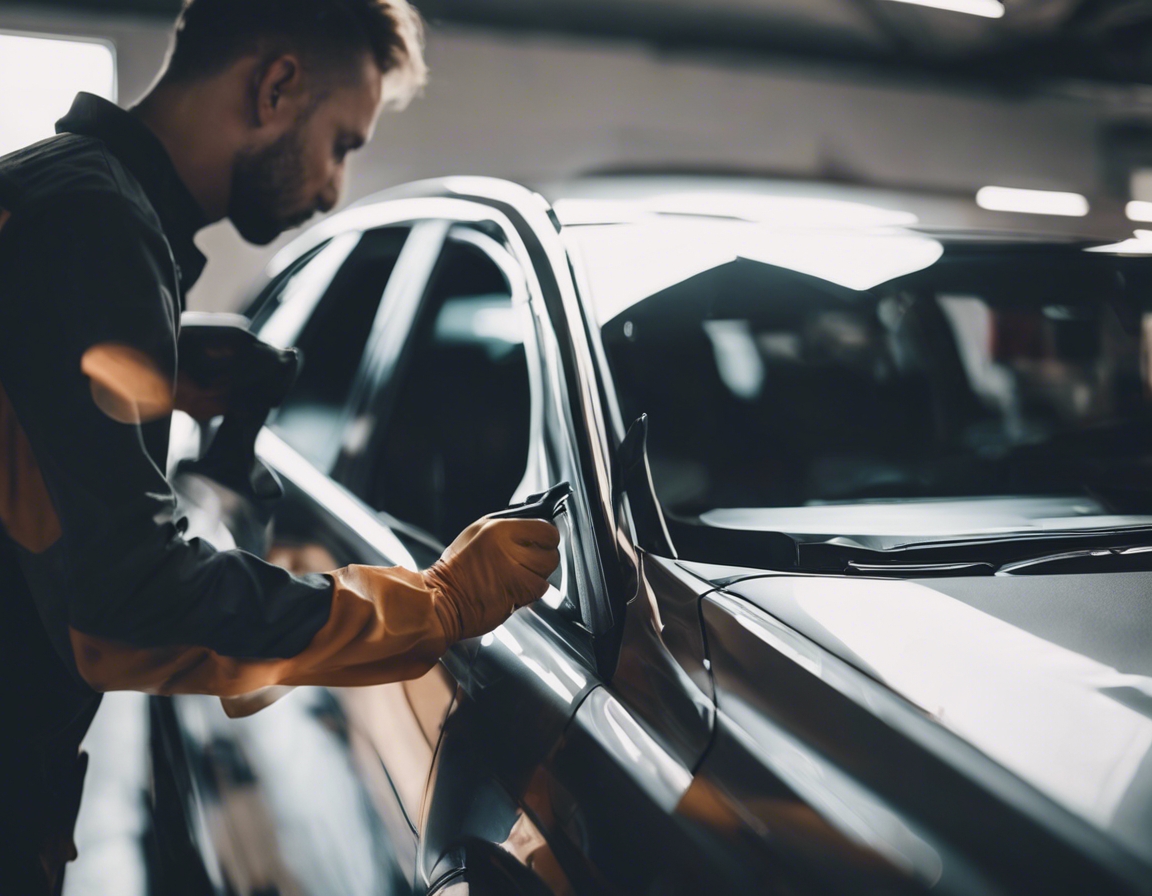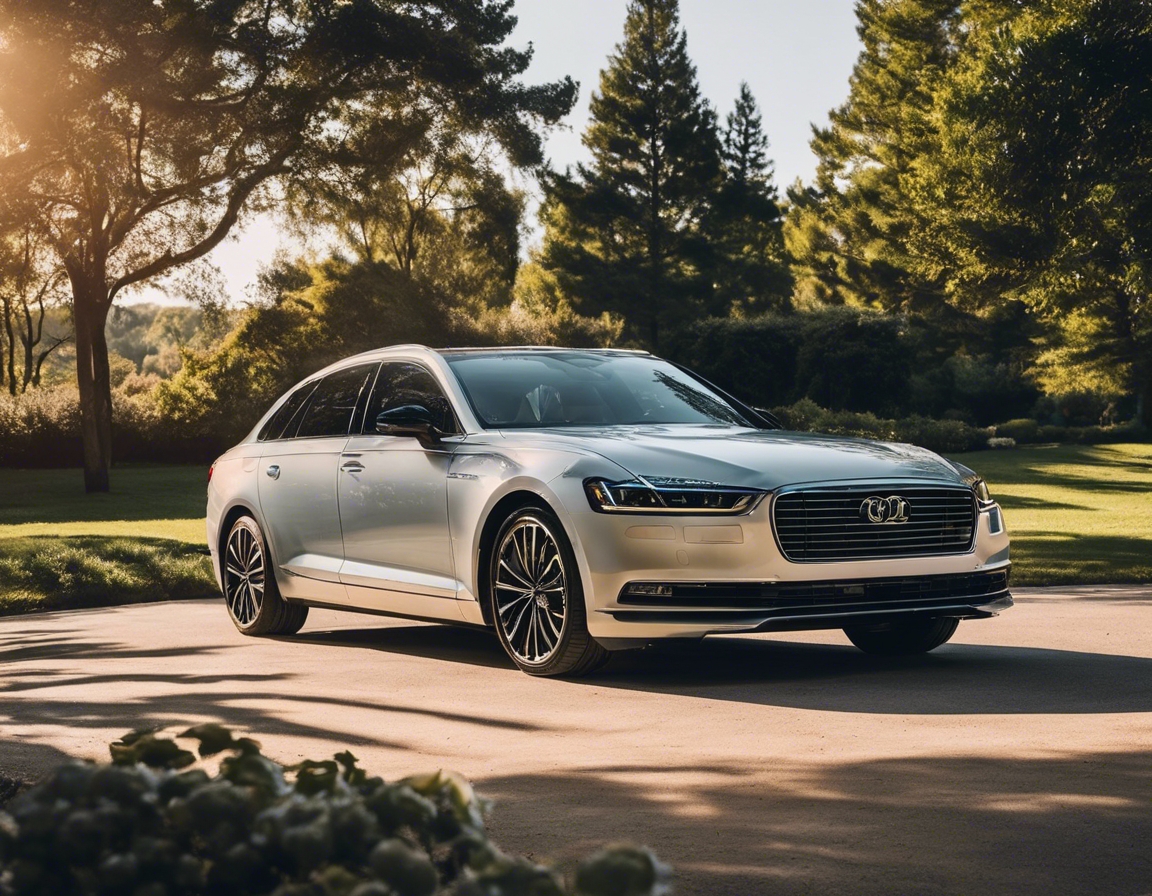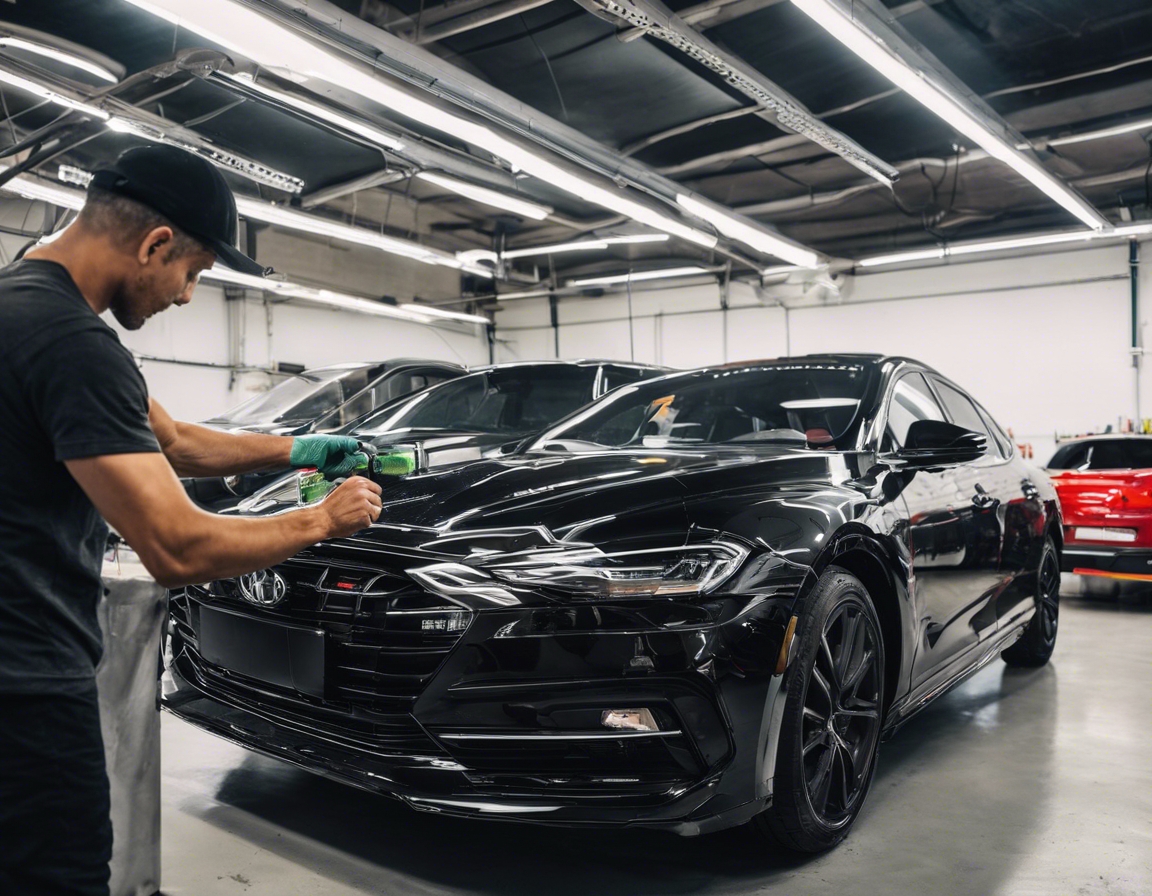The ultimate guide to solar films for windscreen protection
Solar films are thin laminate films that can be installed on the glass surfaces of vehicles, including windscreens, to protect against the sun's harmful ultraviolet (UV) rays, reduce glare, and manage heat. They are made from a variety of materials, including dyes, metals, and ceramics, which determine their properties and effectiveness.
Installing solar films on vehicle windscreens offers numerous advantages. They enhance comfort by reducing heat and glare inside the vehicle, protect passengers from UV exposure, improve privacy and security, and can even extend the life of the vehicle's interior by preventing fading and cracking due to sun damage. Additionally, they contribute to energy efficiency by lessening the need for air conditioning.
Types of Solar Films for Windscreen Protection
Dyed solar films are popular due to their non-reflective finish and ability to absorb solar heat. They provide a sleek appearance and are often the most cost-effective option.
These films use metallic particles to reflect solar energy, offering superior heat rejection. They are known for their durability and efficient UV blocking capabilities.
Hybrid films combine dyes and metals to offer the benefits of both types. They provide good heat rejection with less reflectivity than fully metallized films.
Ceramic solar films are the premium choice, utilizing non-conductive ceramic particles to provide excellent heat and UV rejection without interfering with electronic signals. They are highly durable and offer the best clarity.
Features to Consider When Choosing Solar Films
One of the primary functions of solar films is to block out harmful UV rays, which can cause skin cancer and deteriorate the vehicle's interior.
High-quality solar films can reject a significant amount of solar heat, keeping the vehicle's cabin cooler and more comfortable.
Glare from the sun can be a driving hazard. Solar films help reduce this glare, improving visibility and reducing eye strain.
Solar films can also provide a level of privacy for the vehicle's occupants and protect belongings inside the car from prying eyes.
It's important to consider the durability of the solar film and the warranty offered by the manufacturer to ensure long-term satisfaction and protection.
Installation Process of Solar Films
While DIY kits are available, professional installation ensures a perfect fit and finish, and often comes with a warranty on the workmanship.
Proper preparation of the windscreen and the surrounding area is crucial for a successful installation.
The installation process typically involves cleaning the glass, cutting the film to size, removing the backing, applying the film, and then smoothing out any bubbles or imperfections.
After installation, it's important to follow specific care instructions to maintain the integrity and appearance of the solar film.
Legal Considerations and Compliance
Visible Light Transmission (VLT) is the percentage of visible light that passes through the film. Regulations on VLT vary by region, and it's essential to comply with local laws.
Before installation, vehicle owners should familiarize themselves with the specific legal requirements for solar films in their area to avoid fines and ensure road safety.
Cost-Benefit Analysis of Solar Films
The upfront cost of solar films can be offset by the long-term benefits, such as reduced fuel consumption from less air conditioning use and protection of the vehicle's interior.
Quality solar films can enhance the appearance and condition of a vehicle, potentially increasing its resale value.






Comments (0)